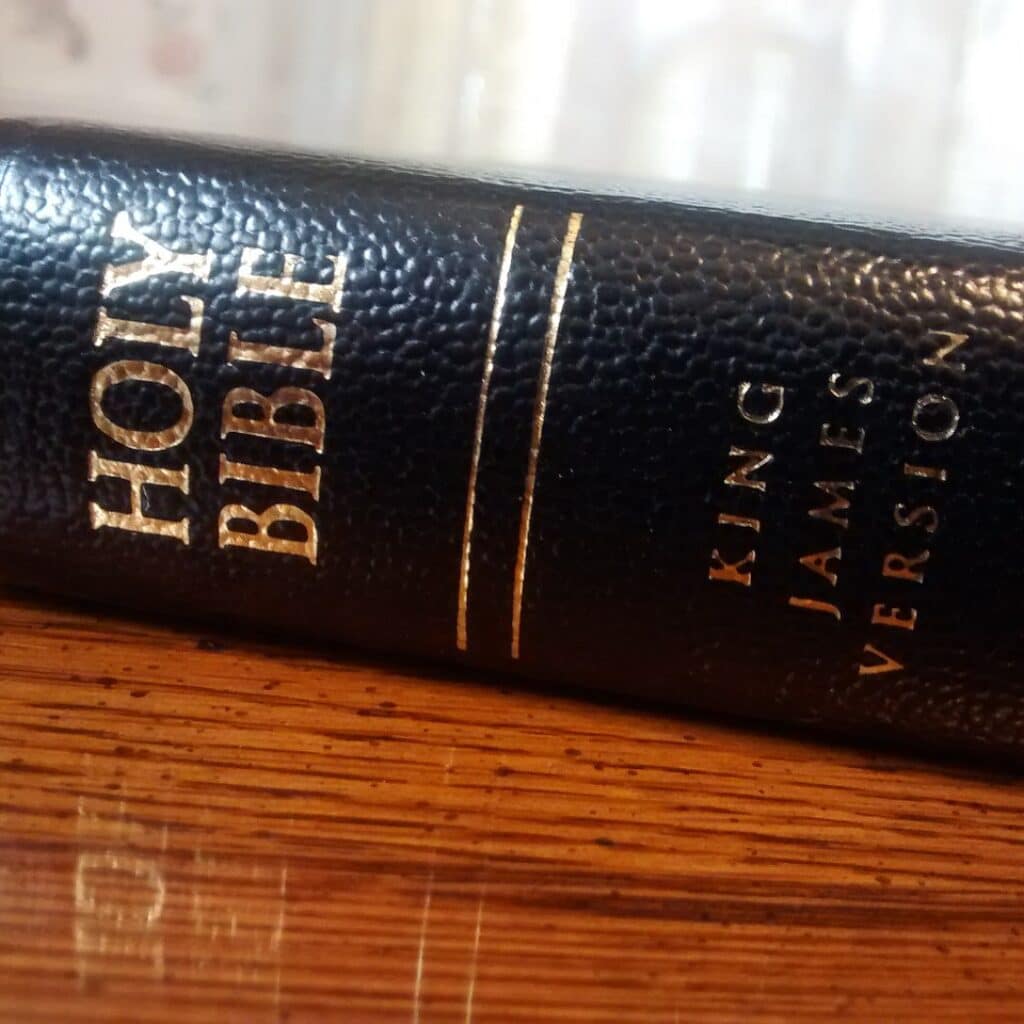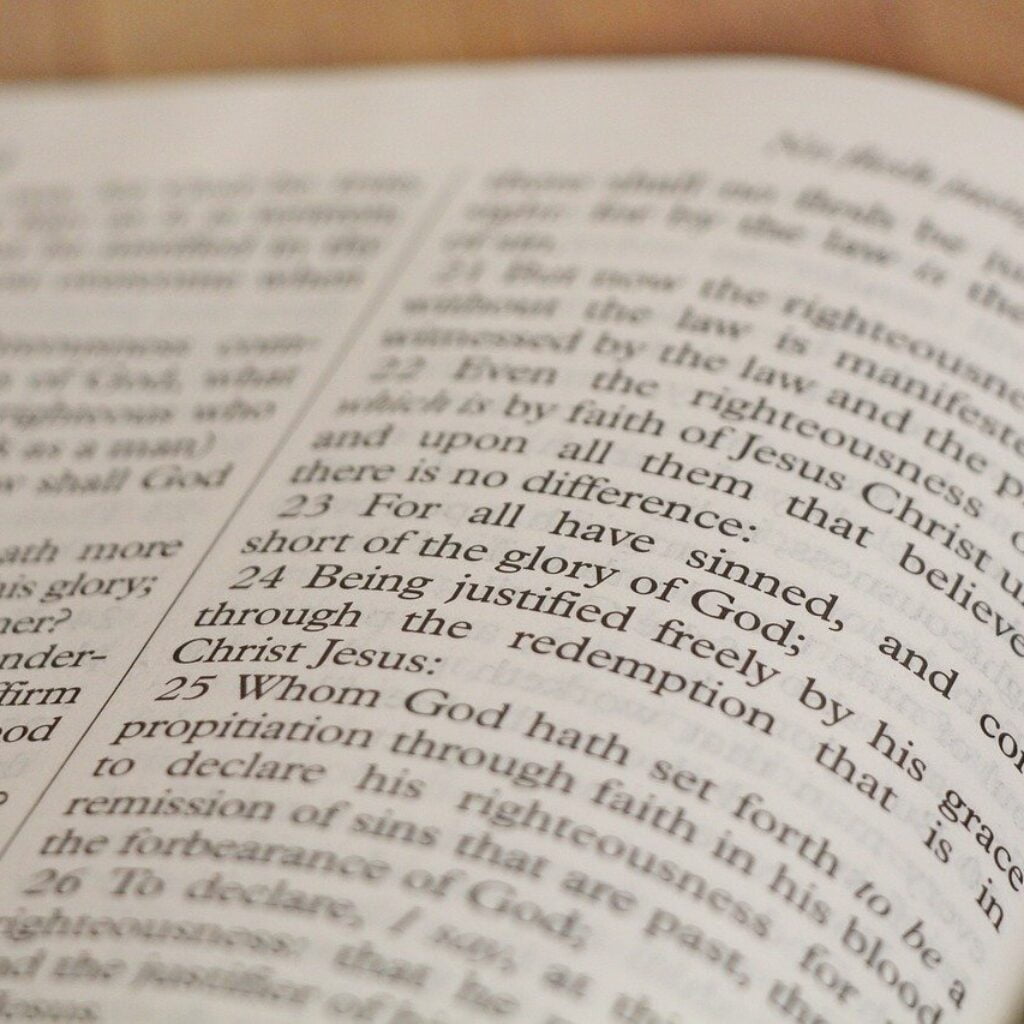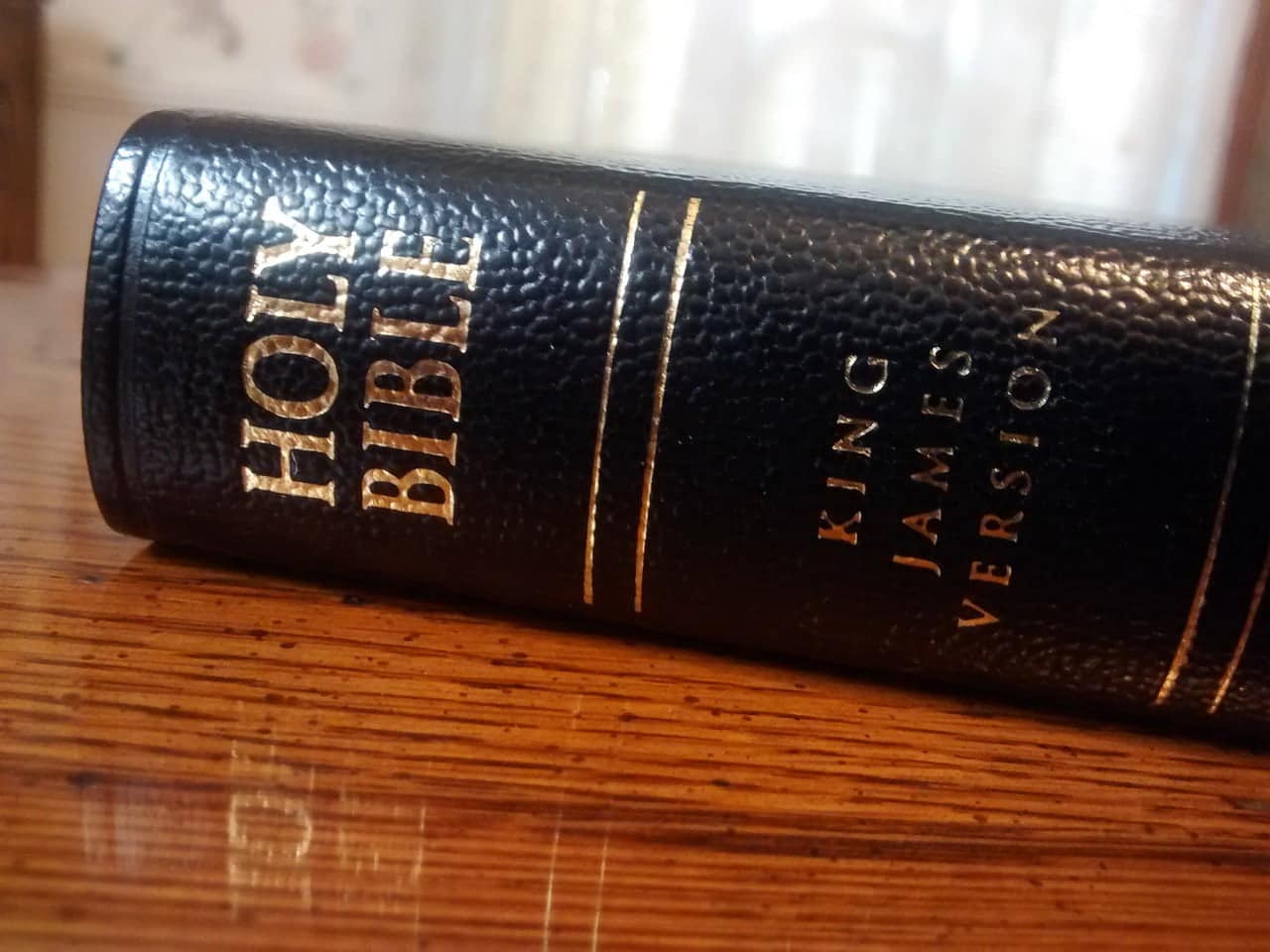NIV
In 1978, the NIV was originally written. Today, it is the world’s best selling edition of the Bible. The core team that created the NIV was made up of fifteen Biblical scholars, with additional scholars from different denominations around the world also participating.
The translation method used is a mix of Formal Equivalence (mentioned above) and Dynamic Equivalence (which attempts to translate the thought expressed in the source text available using equivalent expressions in English).
Among evangelical individuals in the United States, the NIV is becoming the closest thing to a standard Bible.

The NIV takes a balanced approach to the Bible, some scholars feel. However, since it uses the technique of dynamic equivalence (thought for thought), it may cause some theological problems – especially in the understanding of what the Apostle Paul taught.
Due to some biases on the part of the translators, it is difficult to trust the NIV in all cases. To guarantee the accuracy, it should be compared to the KJV and many other translations. In certain ways, it is as you say, much easier to read and also helps to explain the Old English language.
KJV
You should consider using the KJV if you’re searching for the best edition of the Bible. It has a Bible covenant version of it, and it has a revisionist point of view, all of which are important for the Bible to be understood. It has a free website that allows you to read the whole New Testament for free. When you’re ready to learn the Bible, this is the sort of Bible you want to read.

The King James Bible, so called because it was commissioned by King James I (born 1566 A.D., died 1625) of England, was published in 1611 A.D. It is also known as the version that is Approved or Normal. Forty-seven Church of England scholars served on it. Though four hundred years old, one of the most common Bible versions sold remains the KJV.
The King James Bible’s Old Testament is based on what is called the Masoretic text, while the Textus Receptus is the basis of the New Testament. The method of translation used is called Formal Equivalence, meaning that the translators tried to translate word-for-word into English the source text that they had available.
Comparison Between NIV and KJV
One of the more common translations of the Old Testament is the New International Edition (NIV) of the Bible, but how does the King James Version (KJV) compare?
If you’ve been using the Old Testament NIV, KJV, or some other popular English translation, then you may be curious about which is the better translation. We’re going to look at some inconsistencies today between the various Hebrew Bible translations. Some individuals might find these distinctions fascinating and helpful.
One of the main distinctions between the NIV and the KJV is that the KJV is a “covenant version.” The KJV has a Bible version of the covenant in which it is only possible to read and comprehend the New Testament in the sense of a relationship with God.
The Bible is only actually readable, which makes it unavailable to many people. In the New Testament, which is restricted to two books, this is valid. If a person has lost their desire to pray or have an open-hearted relationship with God, what is going on in the Bible cannot be fully understood.

The NIV doesn’t have a Bible edition of the Covenant. The New Testament is thus a different book than the KJV. It contains, instead of two books, seven books. Four distinct writers wrote the New Testament.
The NIV also has a revisionist edition of the Bible, in addition to the Covenant version of the Bible. Much as the New Testament did, the New International Translation (NIV) updates scripture, but it still has an underlying revisionist point of view that changes many of the scriptures of the New Testament.
In other words, in a sense, the New Testament is not the word of God since the New Testament has been written over many years and will not always be consistent as such.
As part of the Old Testament, the KJV contains the New Testament, but in a much different way than the NIV does. In the Old Testament, the KJV positions the New Testament without any updates.
The New Testament, with several minor revisions, is included in the Old Testament. It is a book that is much different from the New Testament portrayed by the NIV.

The KJV is easier to read than the NIV, some people may say. There’s a lot of italics in the text, but it’s not easy to see. For certain persons, it may be easier to read, but not for others. In order to understand fully what is going on, you need to read the Bible with ease and be able to read the Bible in a rhythm.
Another distinction between the KJV and the NIV is that there is very strong grammar in the KJV. It has a lot of terminologies that are very simple and accurate. If you’re not a native English speaker, some of the languages are very difficult to understand.
It’s not as easy to understand the English language as the KJV makes it sound. The NIV doesn’t have this problem, so reading the NIV is easier for beginners than the KJV.
